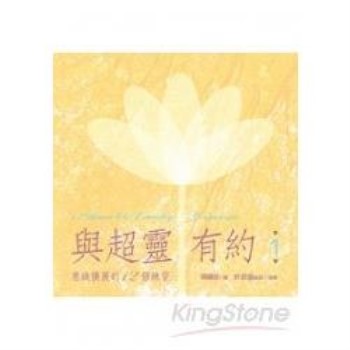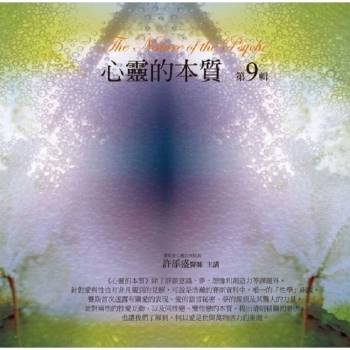The Italian immigration in the state of Rio Grande do Sul began in 1874, but only in the beginning of 1877 was sent the first expedition of immigrants destined to colonize the nucleus of Silveira Martins, which is known as the Fourth Colony of Italian Immigration in Rio Grande do Sul. The immigrants brought with them all their culture and values which, when arranged, formed the axis of the cultural heritage of immigration: in first place, the family, the second would be the economic and social value, the third, religiosity, and finally, in fourth place, language, because it is language that sustains the cultural identity of a people. The language spoken by immigrants, contrary to what it may seem, was not Italian as we know today, there were several dialects that mixed together to form the Talian language. Since 2009, a law was passed that recognizes this language as historical and cultural heritage of the state of Rio Grande do Sul. So it is necessary that this language remains alive. But where can we store a language, intangible heritage of a people? With this question comes the idea of a museum of the Talian language. The place chosen for the project is the Conjunto Arquitetônico da Pompeia, in Silveira Martins.
| FindBook |
有 1 項符合
Museum of the Talian Language in Silveira Martins - RS的圖書 |
 |
Museum of the Talian Language in Silveira Martins - RS 作者:Thies 出版社:Our Knowledge Publishing 出版日期:2023-06-15 語言:英文 規格:平裝 / 68頁 / 22.86 x 15.24 x 0.41 cm / 普通級/ 初版 |
| 圖書館借閱 |
| 國家圖書館 | 全國圖書書目資訊網 | 國立公共資訊圖書館 | 電子書服務平台 | MetaCat 跨館整合查詢 |
| 臺北市立圖書館 | 新北市立圖書館 | 基隆市公共圖書館 | 桃園市立圖書館 | 新竹縣公共圖書館 |
| 苗栗縣立圖書館 | 臺中市立圖書館 | 彰化縣公共圖書館 | 南投縣文化局 | 雲林縣公共圖書館 |
| 嘉義縣圖書館 | 臺南市立圖書館 | 高雄市立圖書館 | 屏東縣公共圖書館 | 宜蘭縣公共圖書館 |
| 花蓮縣文化局 | 臺東縣文化處 |
|
|
圖書介紹 - 資料來源:博客來 評分:
圖書名稱:Museum of the Talian Language in Silveira Martins - RS
|










